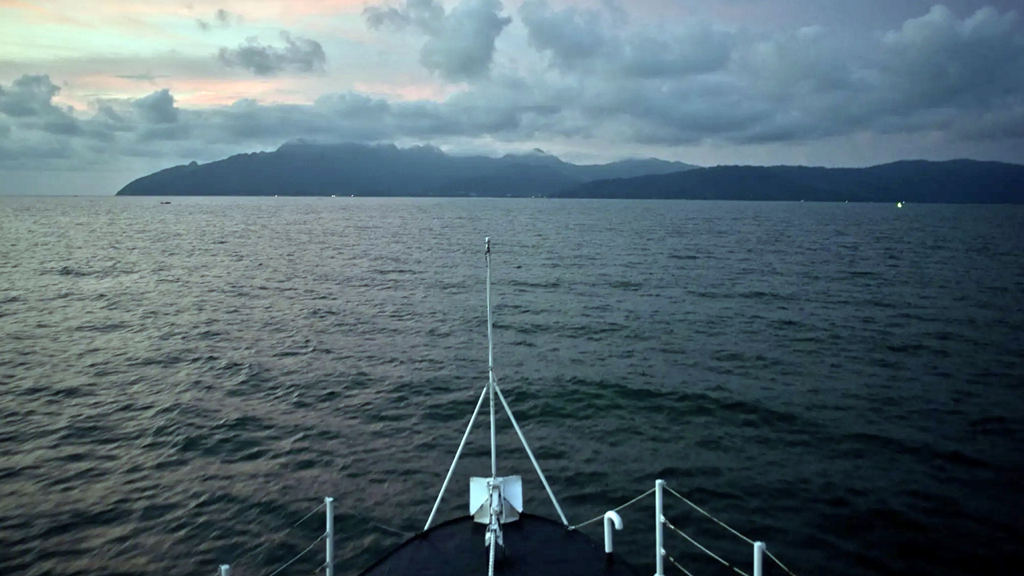Rohingya Refugees Reject Bangladesh Plan to Move to Remote Island
- 29/07/2018
- 0
By Maaz Hussain, VOA
Rohingya refugees say they will not accept a plan proposed by Bangladesh to relocate to a remote island, for fear it is unsafe.
“We will not find a way to move to a safer place if the island, which is surrounded on all sides by water, gets flooded,” said Rohingya refugee Masuda Begum, who lives in Jamtoli refugee camp in Cox’s Bazar. “We do not want to go to that island.”
Bangladesh’s prime minister announced weeks ago that tens of thousands of Rohingya would be transferred to the island of Bhasan Char in the Bay of Bengal at the end of the ongoing monsoon season.
Rights groups have cautioned that only refugees who voluntarily agree in a fully informed, transparent, and open consultation process should be considered for relocation.
“Any attempts to force people to go to the island, or create conditions requiring movement there for any reason, is totally unacceptable and will result in a major outcry by the world community against Bangladesh,” said Phil Robertson, deputy director of Asia Division of Human Rights Watch.

Work in progress
There are more than one million Rohingyas in Bangladesh, with over 95 percent living as illegal or unregistered refugees in congested, squalid shanty-colonies scattered across southeastern coastal areas. Bangladesh, one of the world’s most densely populated countries, has long complained that it cannot cope with the burden of Rohingya refugees pouring into the country from Myanmar.
In recent weeks, Bangladesh Prime Minister Sheikh Hasina told several international dignitaries of her government’s plan to relocate the refugees to the island. Hasina told Natalia Kanem, executive director of United Nations Population Fund (UNFPA), that about 100,000 Rohingya would be relocated after the monsoon season.
And on July 15, Hasina told the director general of the International Organization for Migration (IOM), William Lacy Swing, that the refugees would be relocated to Bhasan Char to ensure access to better living conditions.
However, many agencies are concerned about the inhabitability of the 30,000-hectare island, which surfaced around nine years ago.
One local land department official told VOA that most of the island gets submerged during the high tide. Another forest department official, who did not want to be identified for fear of reprisals from authorities, said the land is unstable and it would take at least 20 years for a small part to be arable.
Mohammad Abul Kalam, Bangladesh’s refugee relief and rehabilitation commissioner, said workers have been at Bhasan Char for months building shelters for the refugees.
“Because of the ongoing monsoon, the work is being hampered to some extent. However, about 50 percent of the work in the island has already been completed. By the end of September, the entire project to house the refugees on the island will be completed, we hope,” Kalam told VOA.

Scared to move
However, the Rohingya refugees said they are scared to move to Bhasan Char.
“We knew from many sources that most parts of the island often get drowned when tidal waves hit,” Rohingya refugee Nurul Kader told VOA. “For survival, around us we need farm lands and forests which do not exist in that island. Bangladesh is a congested country. Yet, people have not moved to the island to set up villages in Bhasan Char. It’s clear the island is unsafe and unlivable.”
Nobi Hossain, another Rohingya who lives in Jamtoli refugee camp, said he did not know anyone who is willing to move to Bhasan Char.
“In case of something like flood takes place here [in Cox’s Bazar], we can move to safer places in other hills or camps. But, if such natural disaster hits that low-lying island, we will find no place to escape and there will be very big disaster. Also, if Bangladesh government relocates us to this place, we will feel like being exiled in a remote island,” Hossain told VOA. “We do not want to go to Bhasan Char.”

‘Denying access’
Bangladesh’s plans to relocate Rohingya refugees began in 2015. However, it was not until April 2018 that the government briefed the U.N. agencies and their partners about the move.
The Bangladesh government has not held official consultations with the refugees regarding their views on the relocation plan, said Firas Al-Khateeb, communication officer of the U.N. refugee agency, UNHCR.
“From the outset, it is important to highlight that should any eventual relocation to the island take place that, among other things, it must be voluntary and include a consultative and inclusive process with refugees prior to relocation; that refugees should have freedom of movement within the island and to and from the mainland; and that refugees should have effective access to basic rights, services and livelihoods,” Al-Khateeb told VOA.
Robertson, of Human Rights Watch, noted that Hasina and her government are deflecting inquiries about the plan and denying access to the island.
“Many observers, including U.N. agencies and NGOs, still have major concerns that Bhasan Char is not safe and any refugees there could face a major disaster if hit squarely by the sort of typhoons that frequently move through the area. Bangladesh should not use the remoteness of the area to deny these refugees the right to freedom of movement and basic services that they would otherwise enjoy in Cox’s Bazar,” Robertson told VOA.
“If Bangladesh starts moving refugees to Bhasan Char against their will, the new story of the refugee crisis will not be what Myanmar has done, but rather what [Bangladesh] is doing,” he said.






